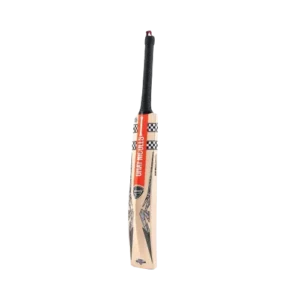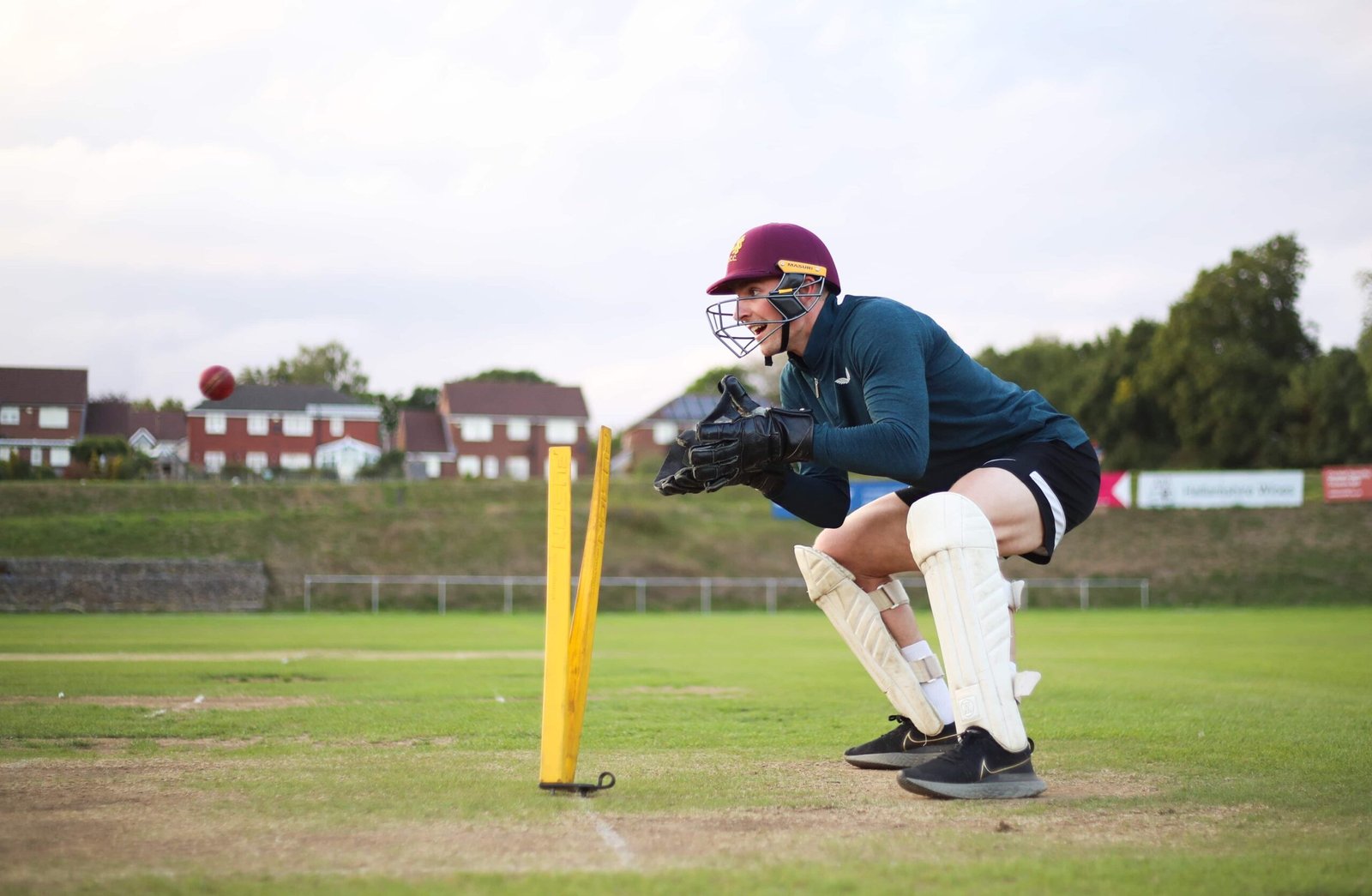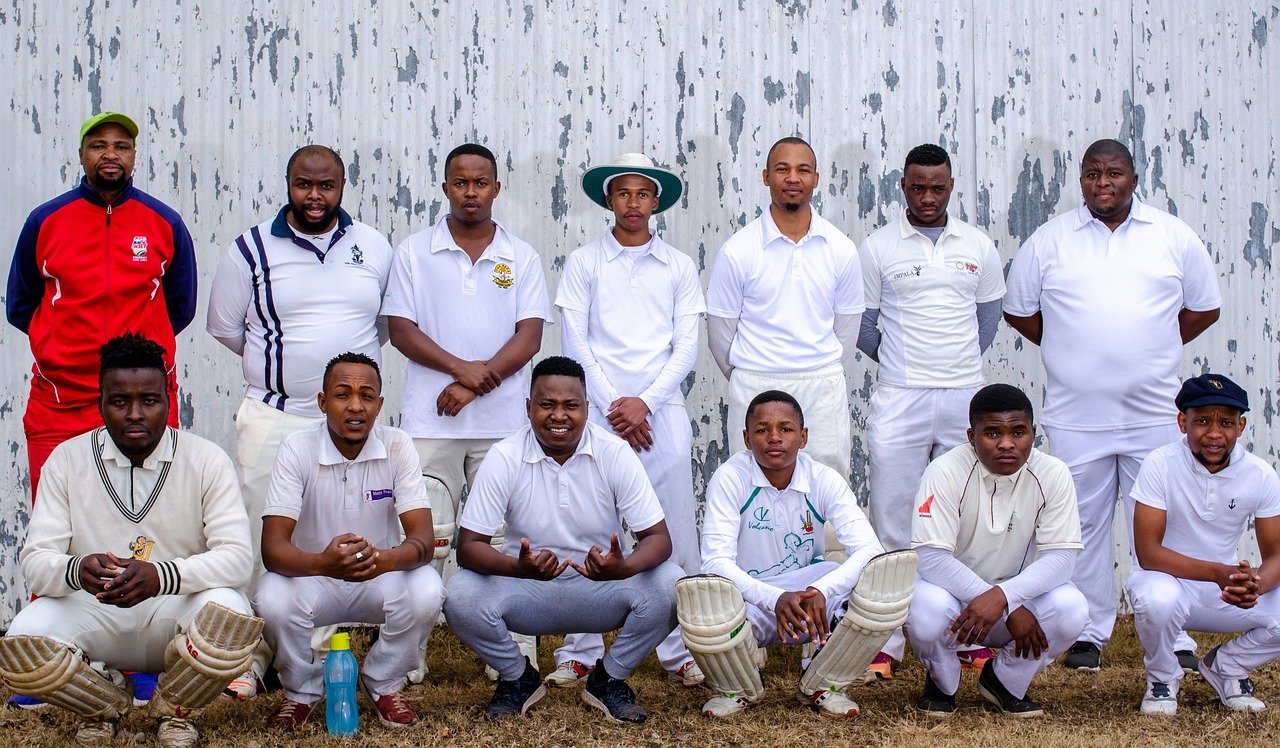The cricket bat is an iconic tool of the game. Cricket bats serve as the primary instrument for batsmen to strike the cricket ball. The cricket bat has evolved significantly, with changes in technologies, playing styles and regulations. A top-quality international cricket bat made from high-grade willow. A grade cricket bat costs around from $500 to $1,500.
Crafted primarily from English willow or Kashmir willow, the cricket bat embodies a blend of tradition and innovation. Types A, B and C are bats conforming to 5.1 to 5.7 inclusive. Also, it has been declared that a cricket bat only can made with willow trees. Other material is prohibited. According to law 5 of ‘MCC‘, a cricket bat consists of only two parts. Its design consists of a flat, elongated blade attached to a handle, forming a T-shaped structure. Width: 4.25in / 10.8 cm, Depth: 2.64in / 6.7 cm, Edges: 1.56in / 4.0cm. The blade, often around 22 inches in length and 4.25 inches in width, features a striking surface on one side and a smooth, rounded back on the other. According to the rules, a cricket bat cannot exceed 1.22 kg or 2.7 lbs. The handle, usually made of cane or composite materials, provides the batsman with grip and control. Traditional craftsmanship plays a crucial role in the creation of a cricket bat. Experienced beatmakers carefully select premium willow clefts, assessing their grain structure and density to ensure optimal performance. The selected cleft undergoes a meticulous shaping process, where skilled artisans carve, shape, and sand the wood to achieve the desired profile and weight distribution. Attention to detail is paramount, as even minor imperfections can affect the bat’s performance on the field.
- Kookaburra, Spartan
- SS Ton, Gray-Nicolls
- Puma
- CA
- Gunn and Moore Icon (GM)
- Sanspareils Greenlands (SG)
- New Balance (NB) and many more are the top brands in the industry. Globally cricket equipment market size valuation is around USD 662.90 million in 2024. India, Pakistan, Australia, and England have established the major bat-making factories. Pakistan is a key player in the South Asian market but India gradually improvised their capability.






